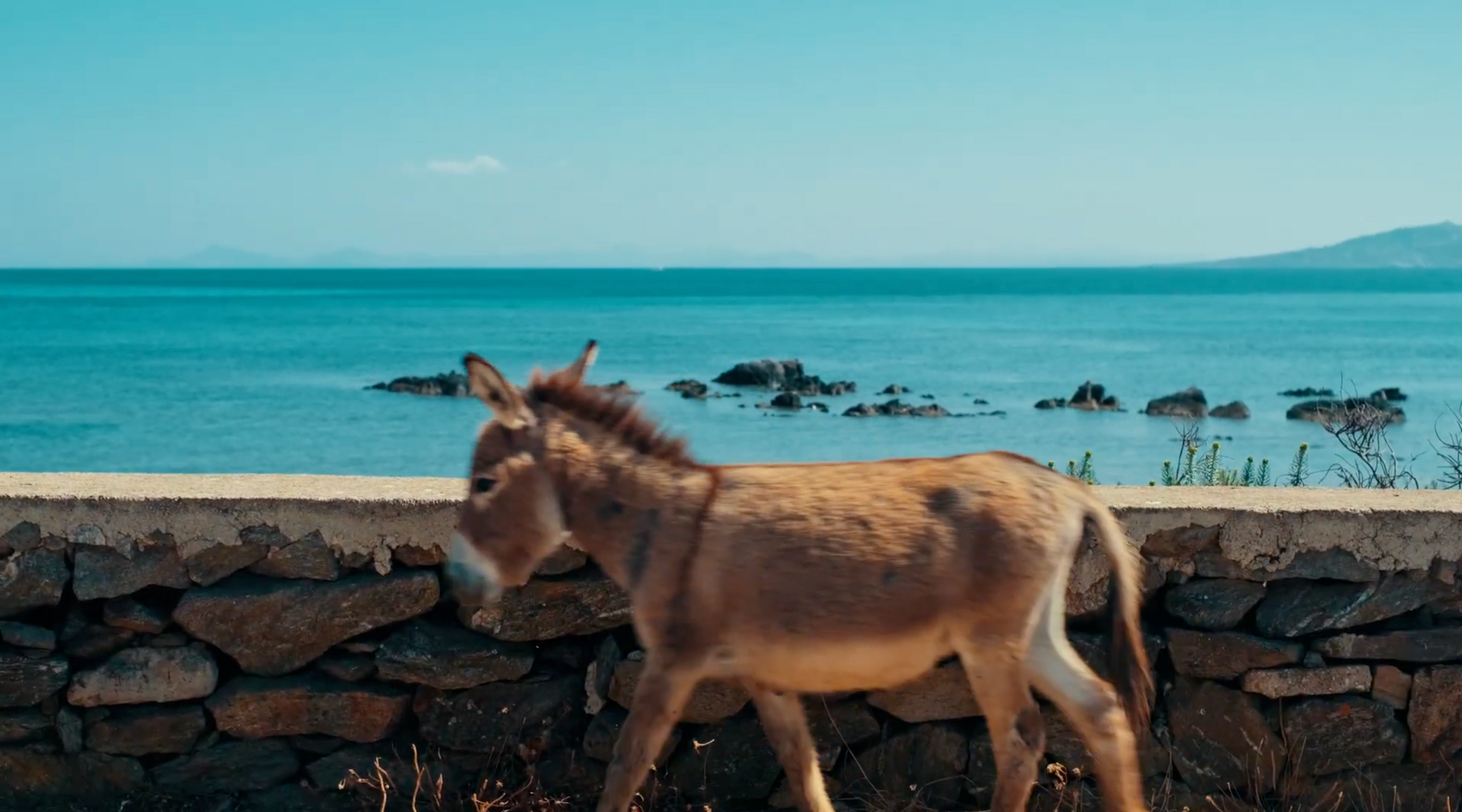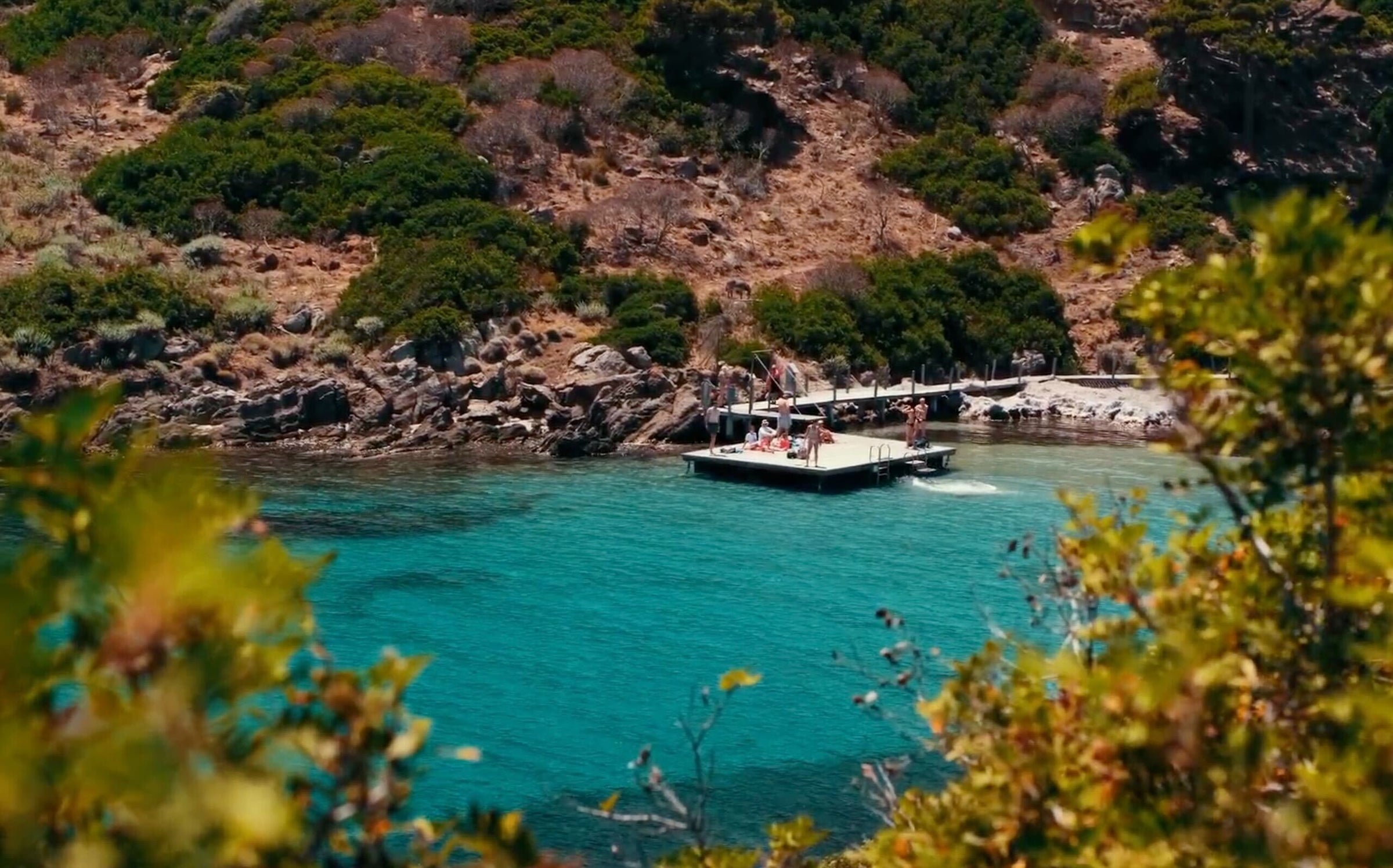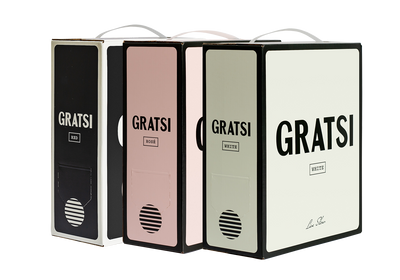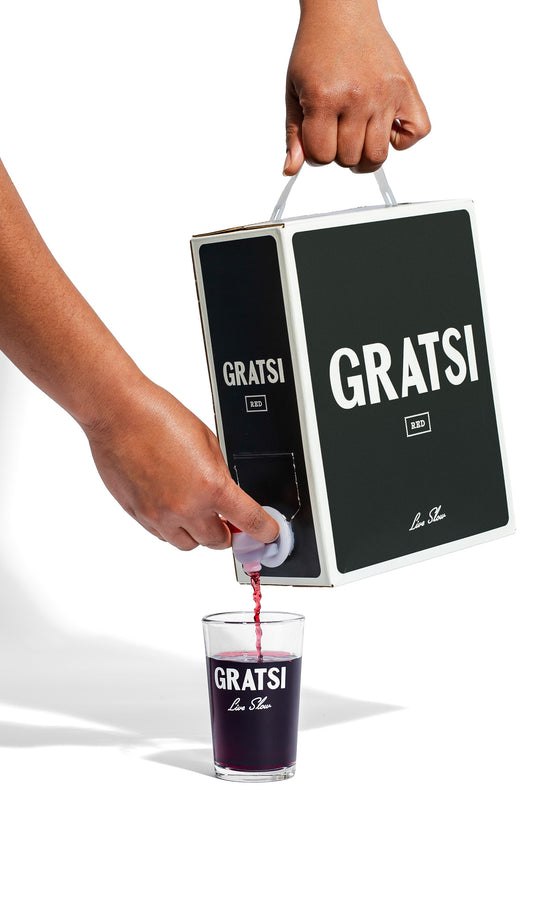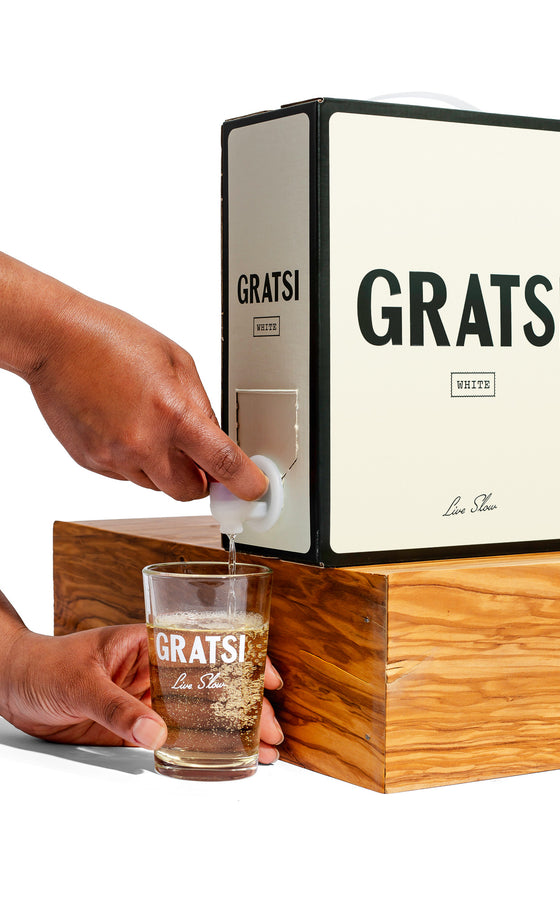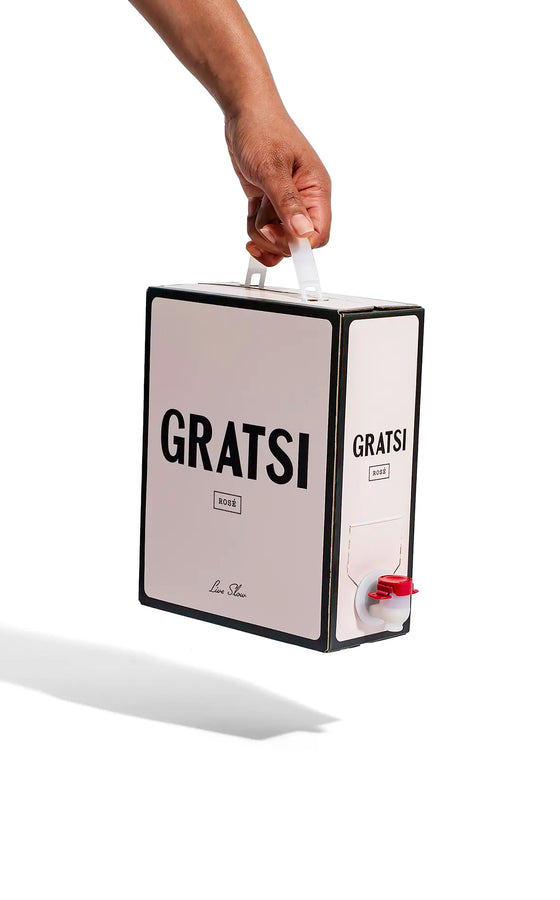Sardinia off the Beaten Path
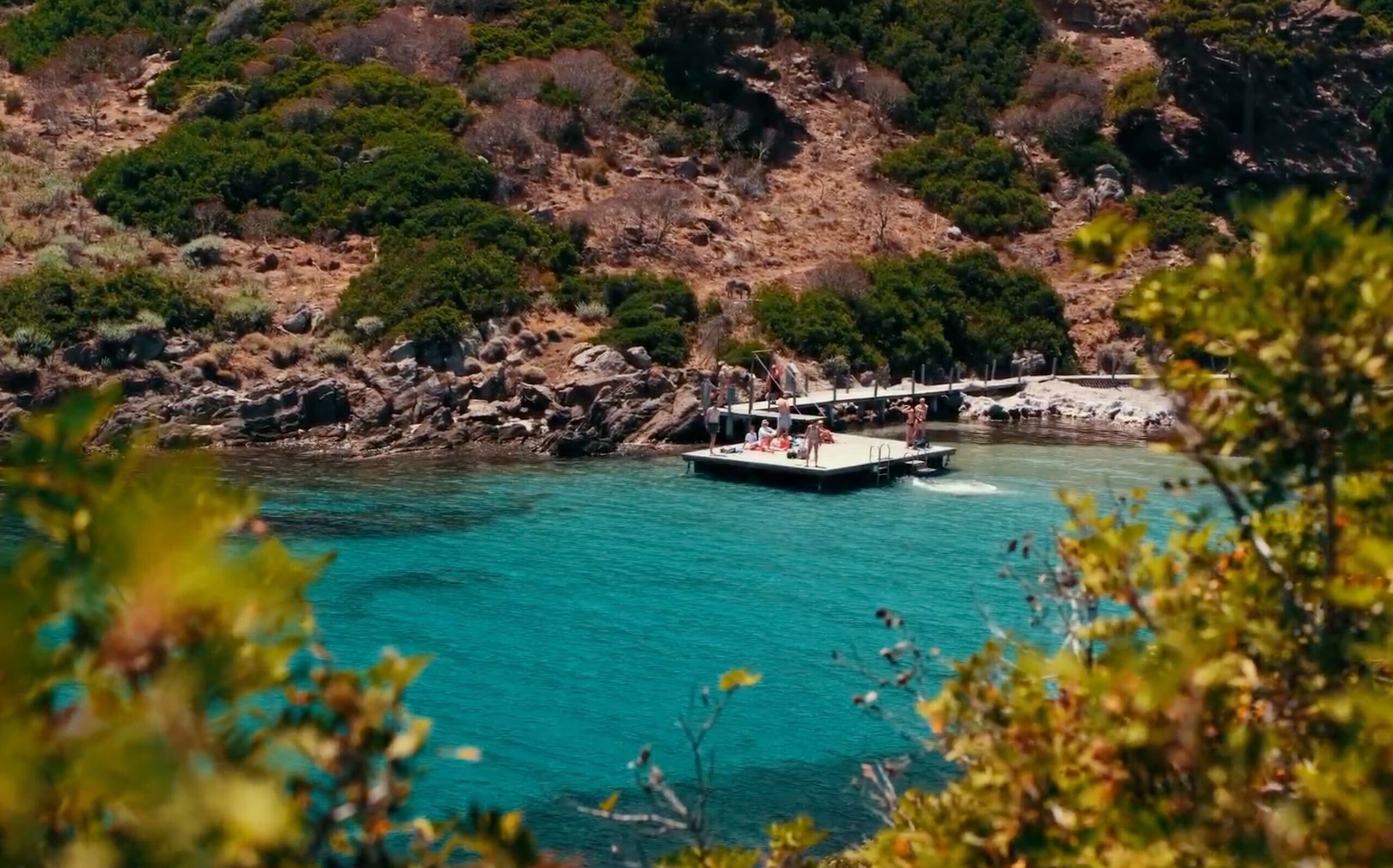
A journey through the inland, traditions, and a wild island.
Sardinia off the Beaten Path
By Gianina Rose
August 11, 2025
If there is one thing that struck us in Sardinia, it is the generosity of the people. Wherever we went, they opened their doors simply, sharing stories, dishes, rituals, and memories. And we kept them, filmed them, listened to them. This is the Sardinia we want to talk about. The one you can’t buy with a postcard, but take away with a hug.
We started from Cagliari and traveled north across the island, leaving behind postcard-perfect beaches to immerse ourselves in another Sardinia. The silent one, agricultural, proud of its roots. A journey among strong women, heirloom clothes, gardens tended by century-old hands, and an island that knows how to be forgotten by time.
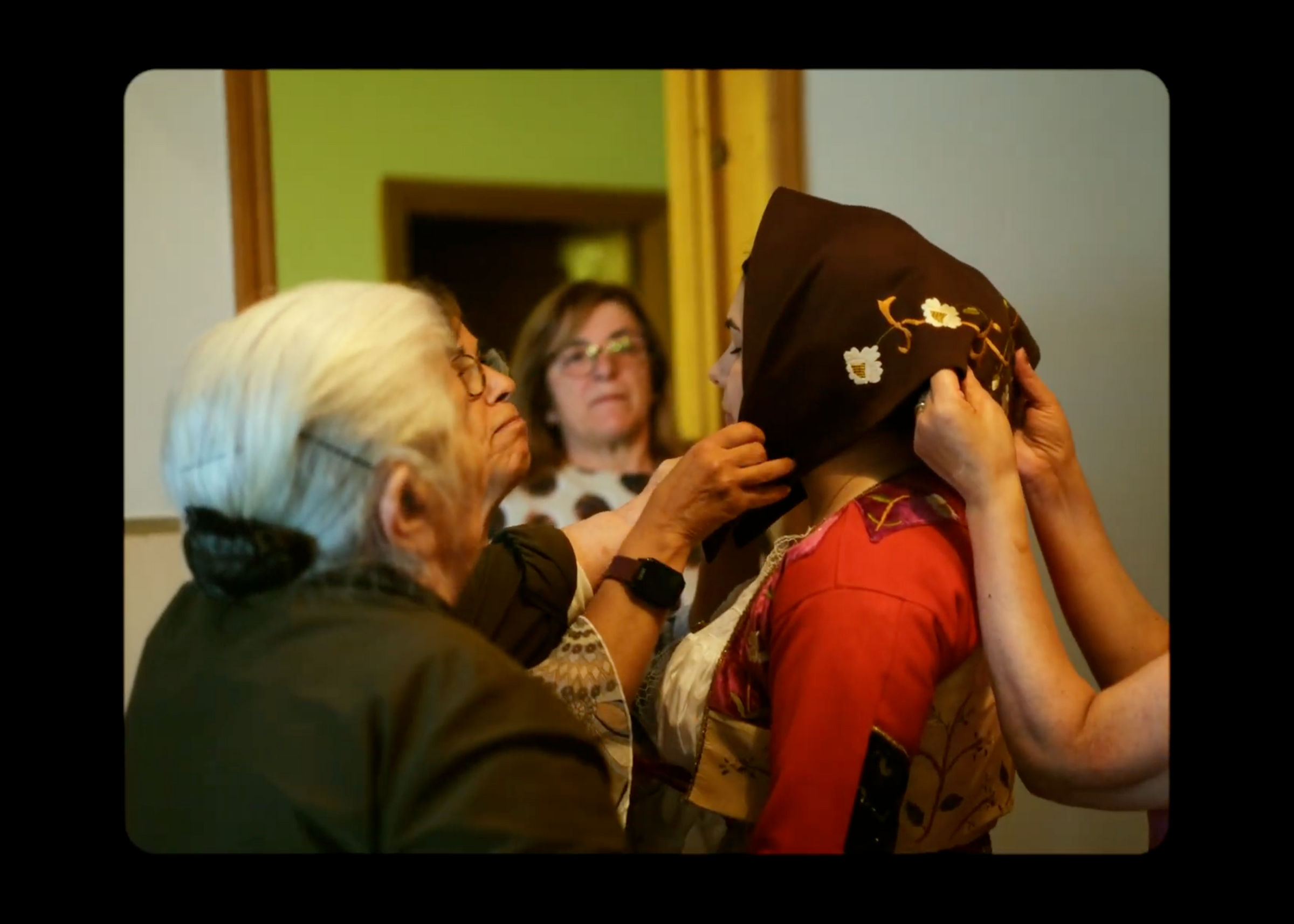
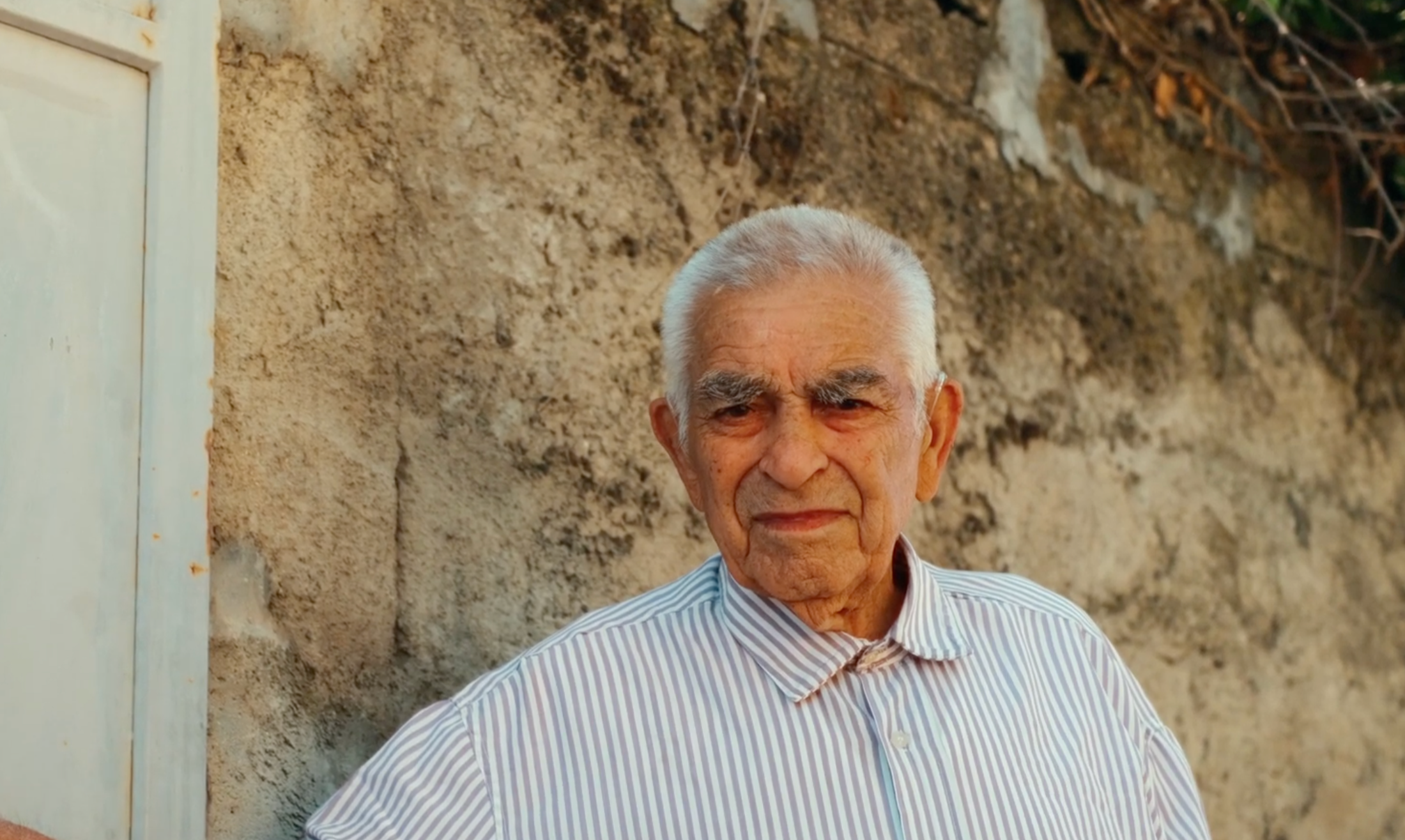
Our first stop was Gergei, in the province of Cagliari. We chose to stay here for one night, at Andrea’s home — contact for Andrea’s Airbnb — waiting to meet Nonna Luciana, the protagonist of the Nonna Wisdom episode we filmed the next day in Barumini.
Gergei welcomed us with its golden fields, sheep grazing, and the calm of old-time villages. In the evening, we went to dinner in Barumini at Sa Lolla, a typical restaurant whose name relates to Sardinian architecture: “la lolla” is in fact the porch of rural houses, a meeting and shelter place.
Sitting under the lolla, we tasted “culurgiones”, “seadas”, and a cheese platter with local honey. All accompanied by an authentic and family atmosphere. A place we recommend to those who want to enjoy Sardinian cuisine in a simple yet refined way.
The next morning, we moved to Barumini, where we spent the day at Nonna Luciana’s home, a special woman who opened the doors of her kitchen and told us her story. With her, we cooked Tallarinos and had lunch with the family: an intimate and traditional moment that we told in Cooking Tallarinus with Nonna Luciana.

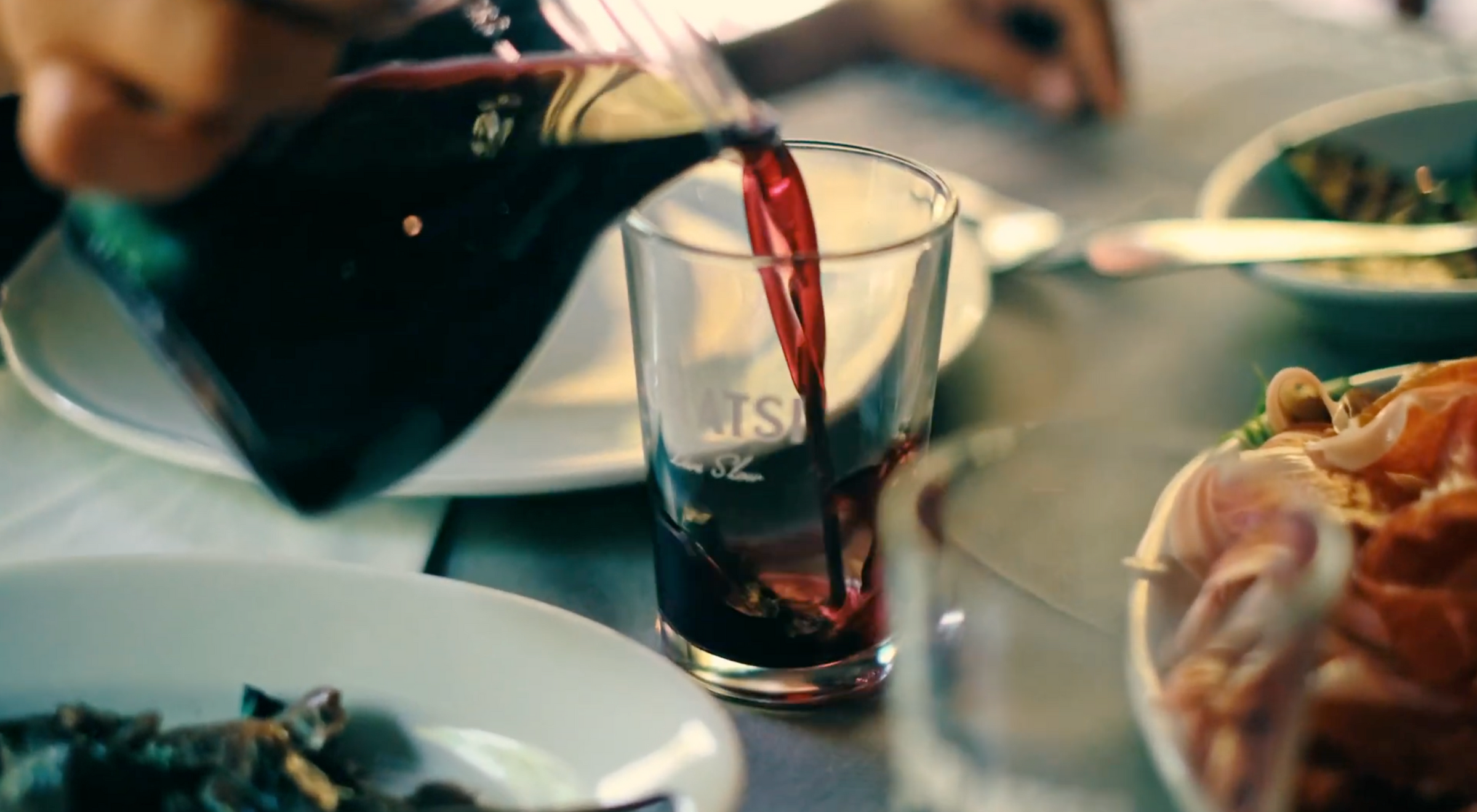
In the afternoon, before continuing our journey, we stopped to visit the Nuraghe Su Nuraxi, a UNESCO heritage site and symbol of Nuragic Sardinia. Walking among those ancient stones, under the bright sun and with echoes of the past, was a powerful experience.
Then, onward to the island’s interior. Destination: Fonni, in the heart of Barbagia di Ollolai, a historical and cultural region of Nuoro known for its strong ties to tradition and for the extraordinary concentration of centenarians in its villages.
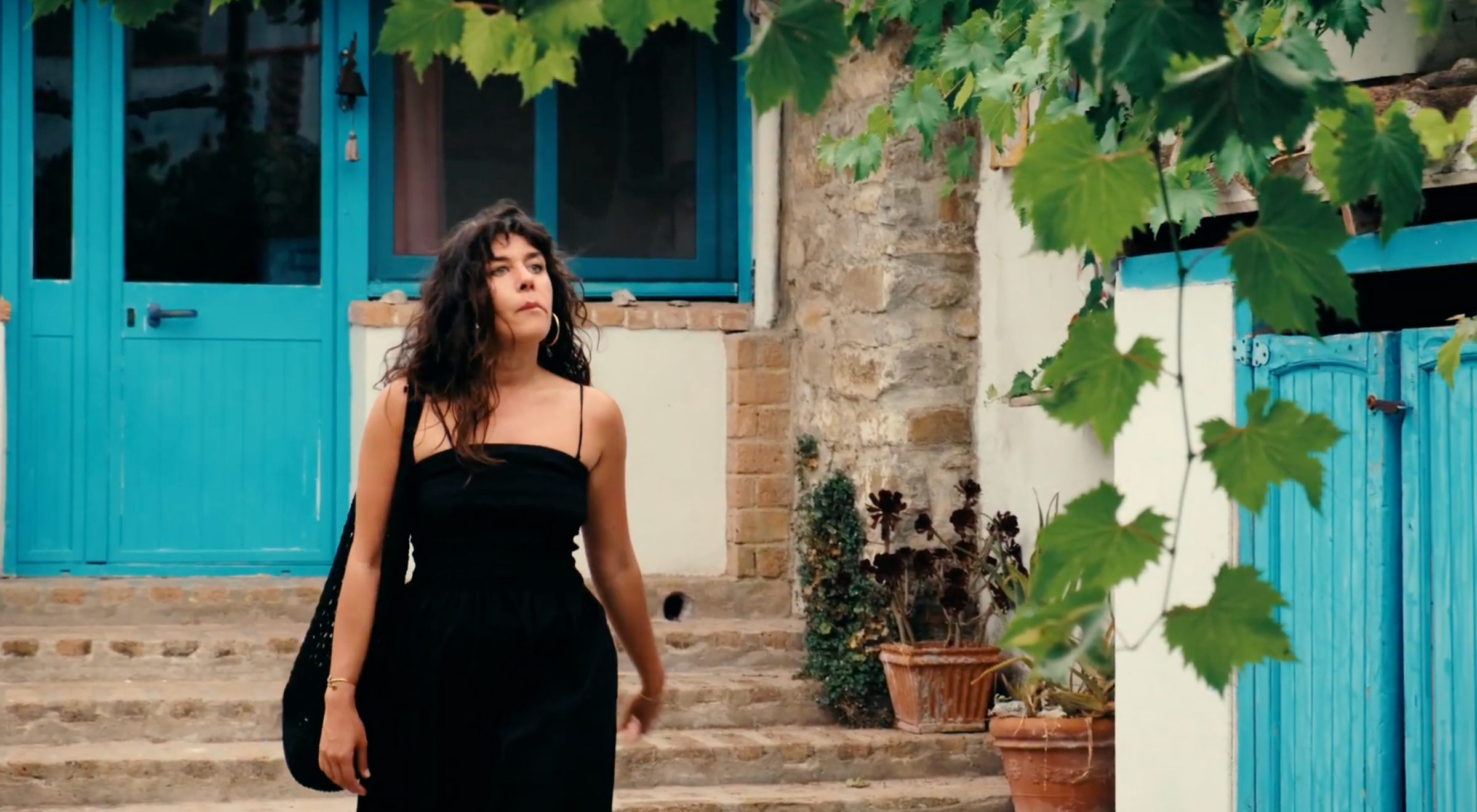
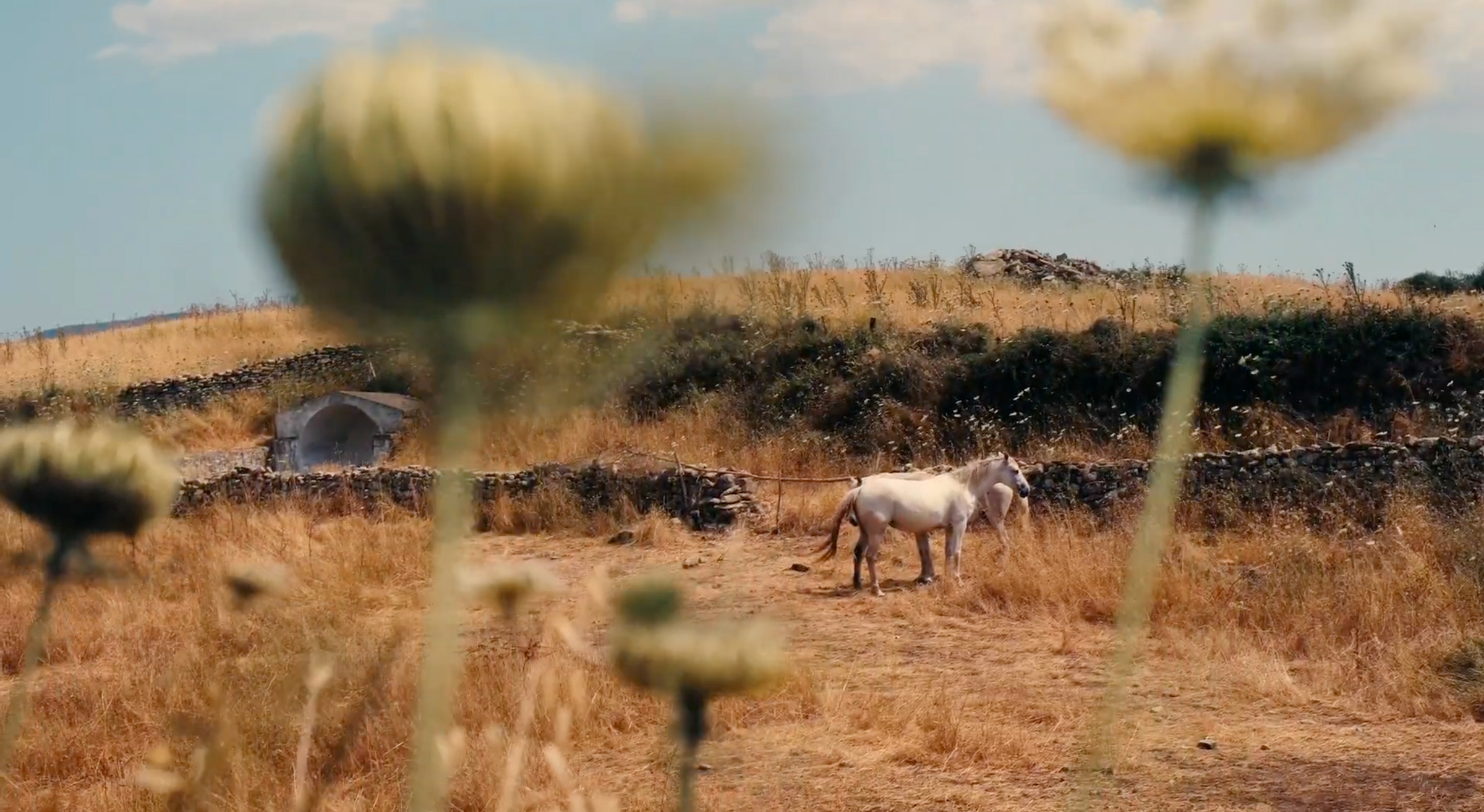
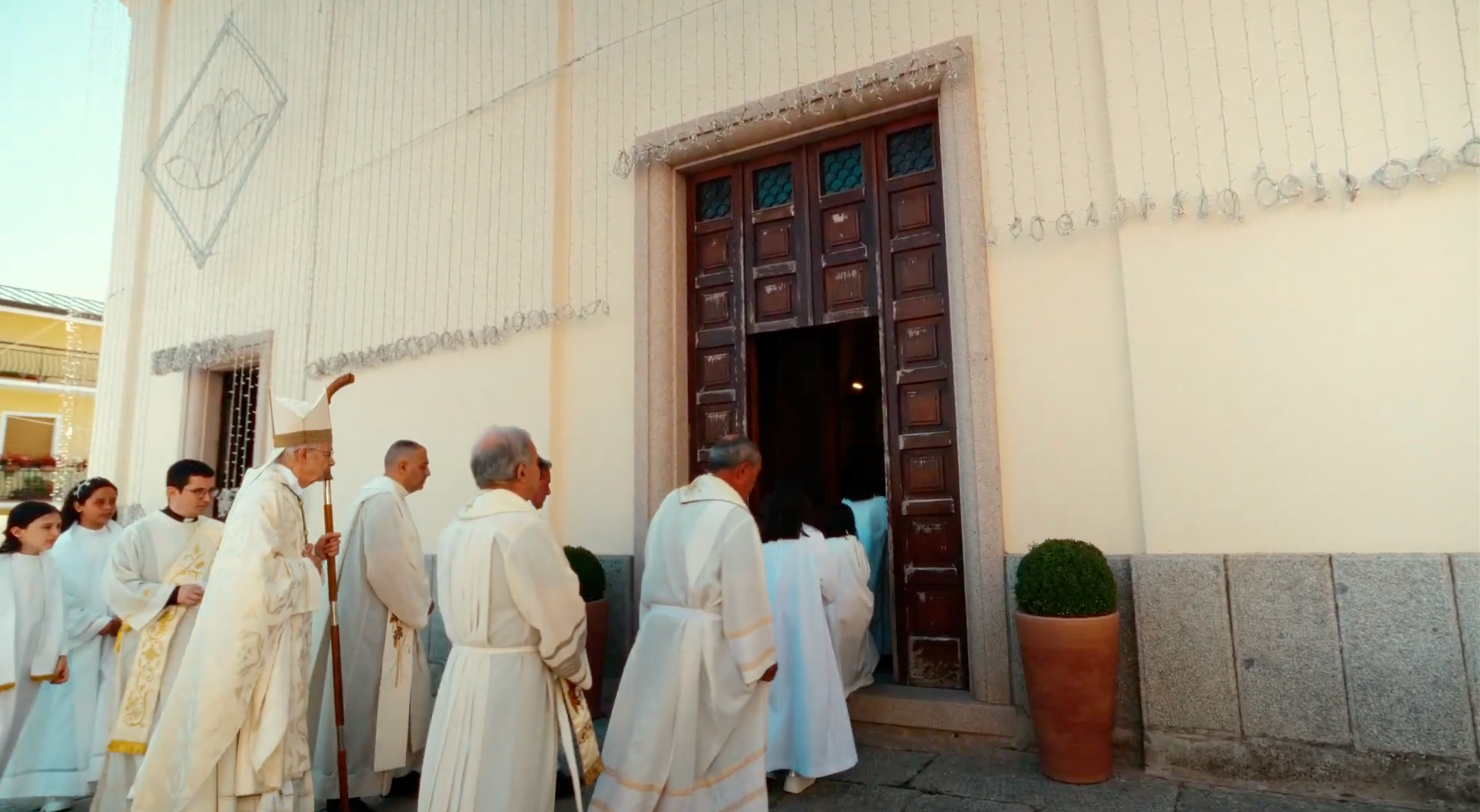
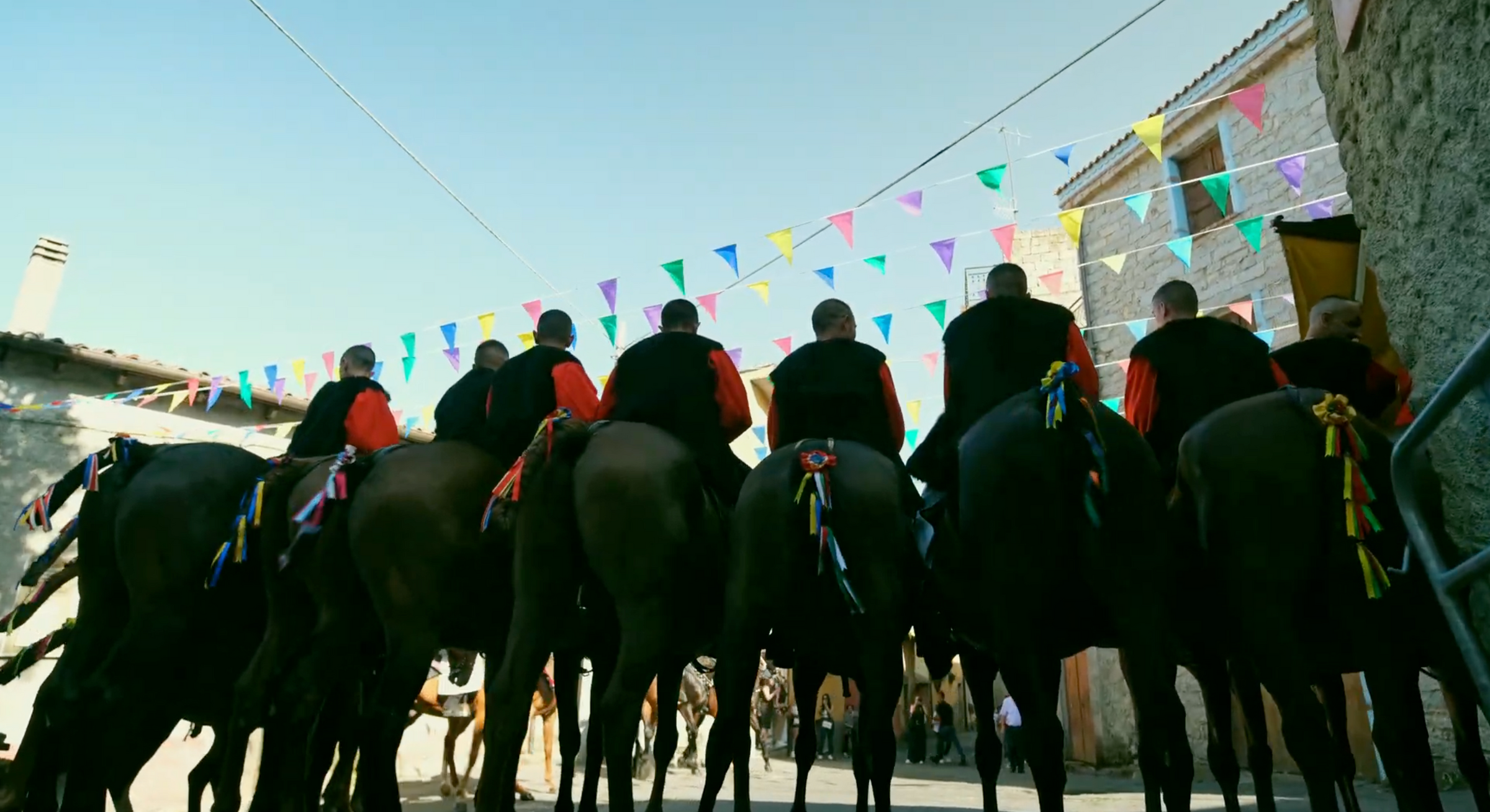
Fonni: Where the Mountain Preserves Memory
A fabulous horizon surrounds the village: the high mountains of Gennargentu, with peaks shining almost silver, dominate the vast valleys of Barbagia.
We spent two nights in Fonni, guests at Rita’s B&B L’Agrifoglio — contact for Rita's Agrifoglio Airbnb — a generous woman who welcomed us as if we were part of her family. Those were intense days, waiting for the big Festa di San Giovanni on June 24th, which every year involves the whole village in a collective celebration full of horses, costumes, music, and memory. We came here for several reasons, one of which was to explore this land of centenarians and especially to interview Salvatore. Barbagia, which includes Fonni, is one of the five Blue Zones in the world (along with other areas scattered in Japan, Greece, Costa Rica, and California), geographic areas where an exceptionally high number of people live to 90 or 100 years in good health.
Salvatore is Rita’s father, he is 96 years old and every morning, alone, tends to his garden. We walked with him among his plants while he told us about his life made of seasonal migrations, hard work, and silences. We asked him the secret of his longevity, and he answered: “Man is a perfect machine. If you listen to it, it tells you what it needs. But if you force it, if you impose vices, it breaks. When I was young, I was used to hard work, being alone, and not having vices. You have to learn to know yourself. And respect yourself." A lean, determined man with a very sharp memory who left us something beyond the filming.
Rita welcomed us like family. Thanks to her and the willingness of the town, we were able to witness up close the most intimate moments of the festival: from the traditional dressing of the women to the great horse procession.
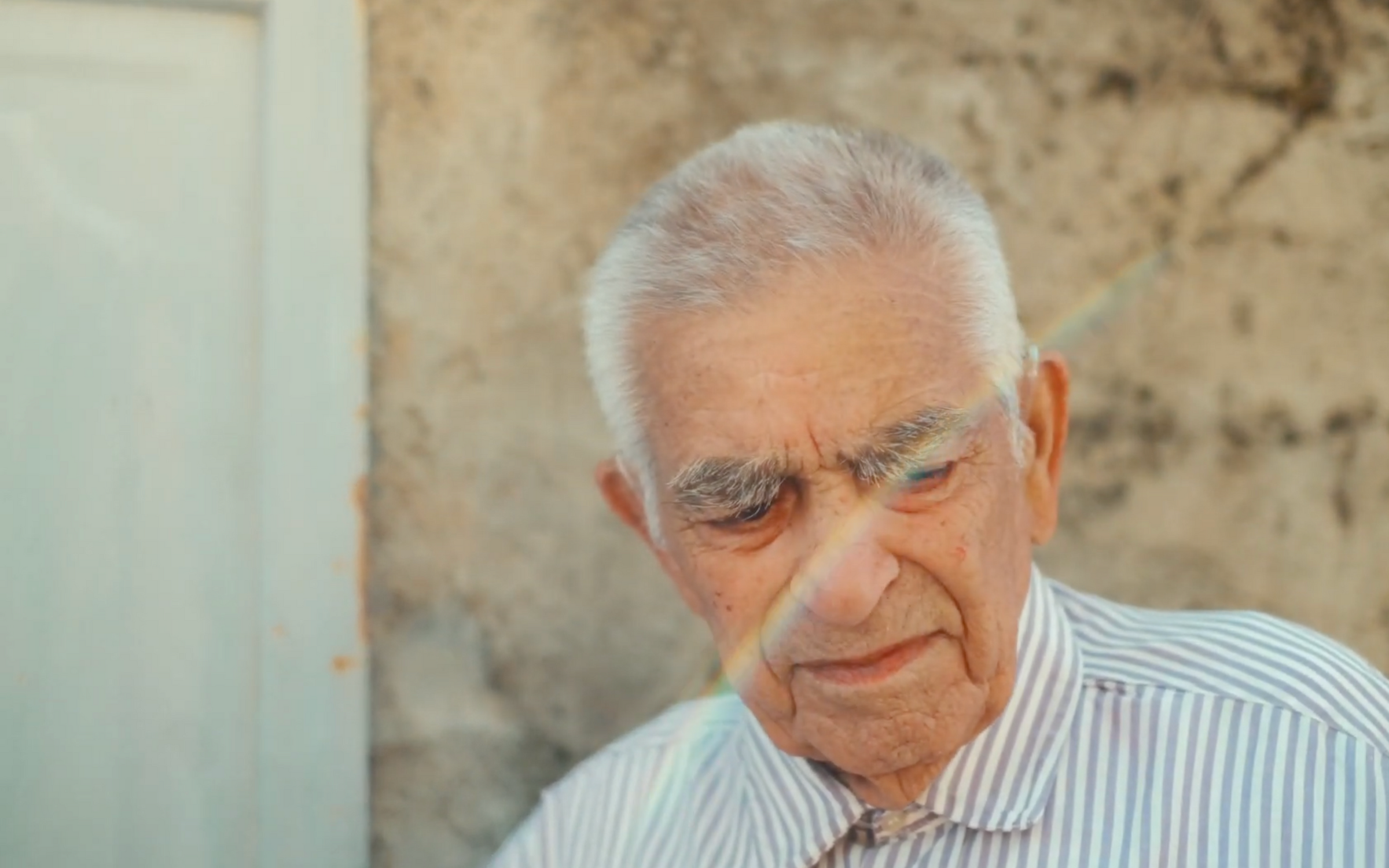
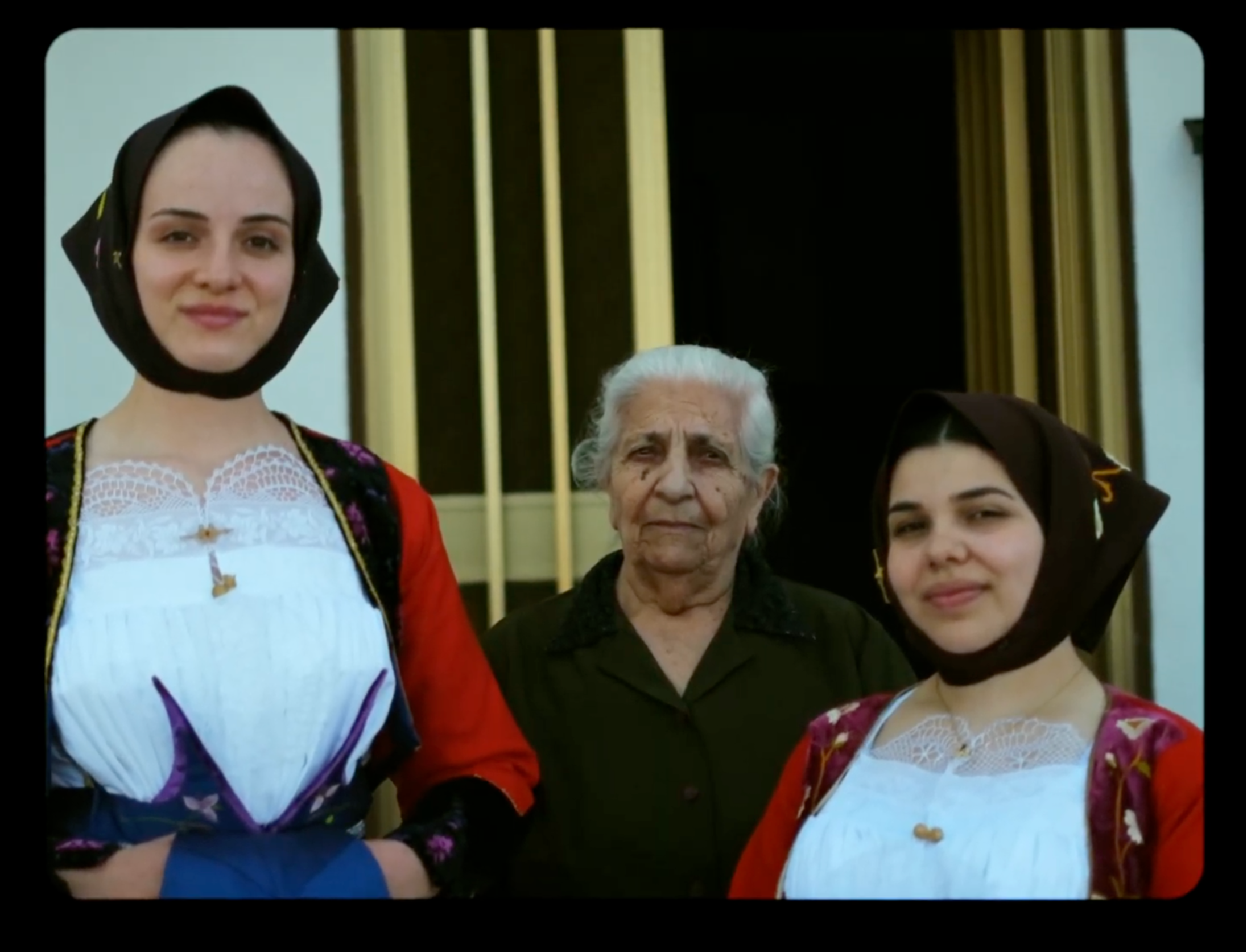
Among Rita’s two granddaughters, for one it was the first time wearing the traditional costume: a tangible emotion. Each garment is a treasure, made over years of patient work, with a cost that can exceed 15,000 euros.
The women’s costume “Su Brathallu” has several variants, both in materials and colors.
Every fold, every stitch, every color carries historical and social meaning. Watching them prepare under the watchful eyes of their grandmother was a moment of rare beauty.
Before the procession and parade, we followed Rita’s advice and went to Ristorante Miramontes to eat Pane Frattau, a humble yet flavorful dish recommended by Rita: softened carasau bread, tomato sauce, cheese, and a fried egg on top.
The afternoon was dedicated to the procession. We found a strategic spot and enjoyed the spectacle: over a hundred horse riders, women in traditional dress, the band, the village still and silent. A celebration that is not just folklore — Fonni was fully there that day. Pride, community, identity.
After the festival, we got into the car and headed toward the sea, to Porto Torres, to completely change scenery: from inland to wild.
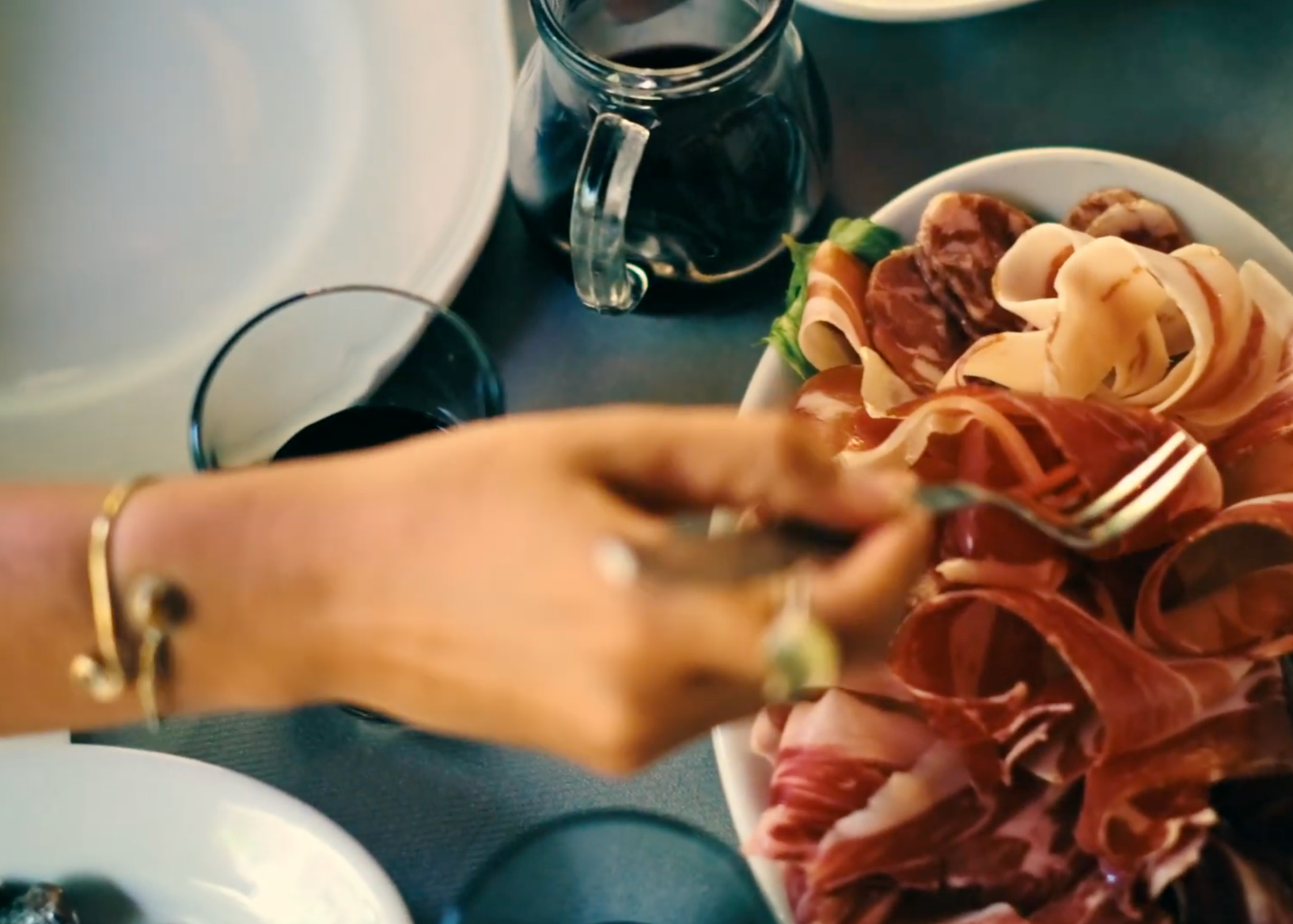
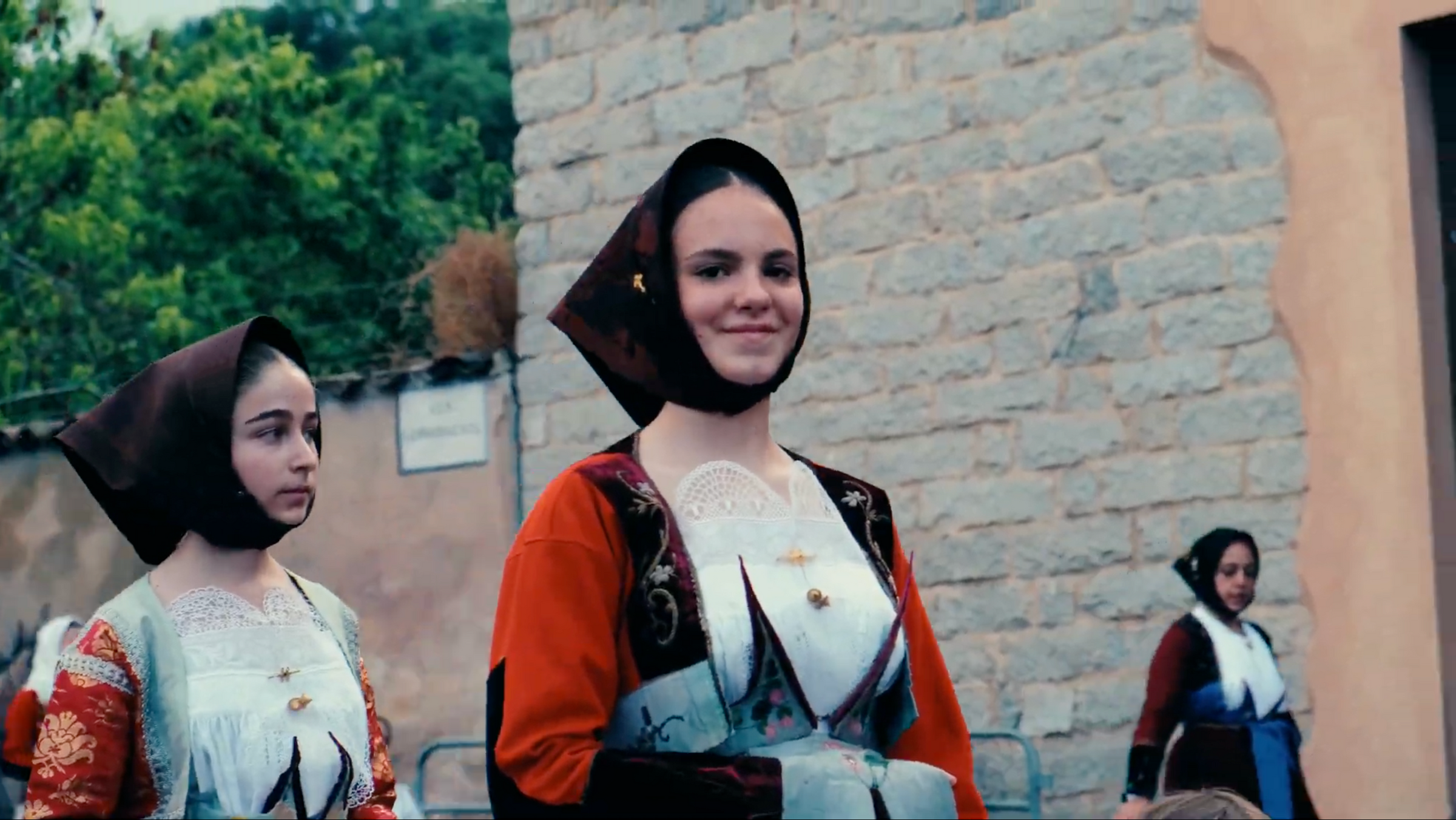
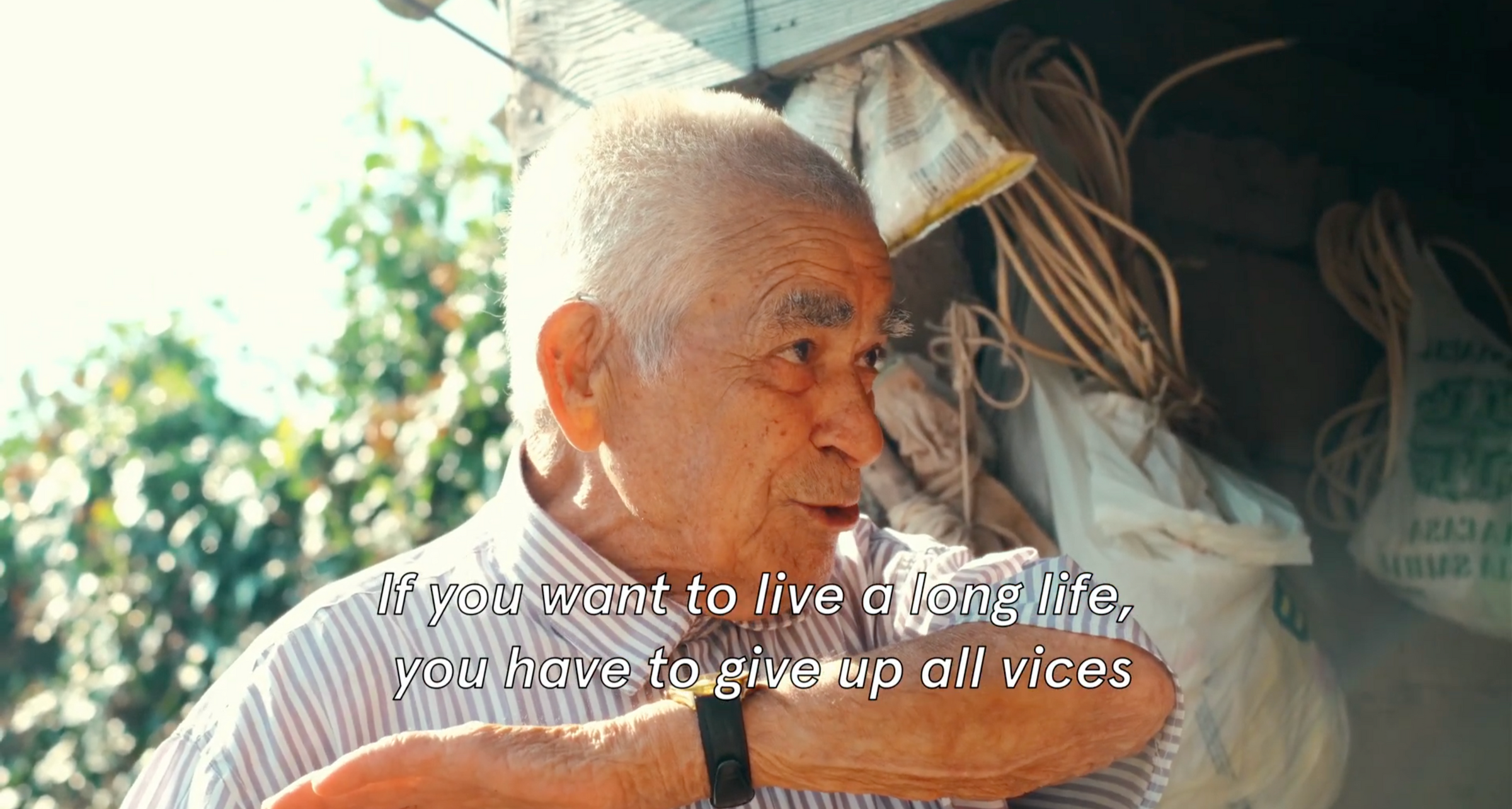
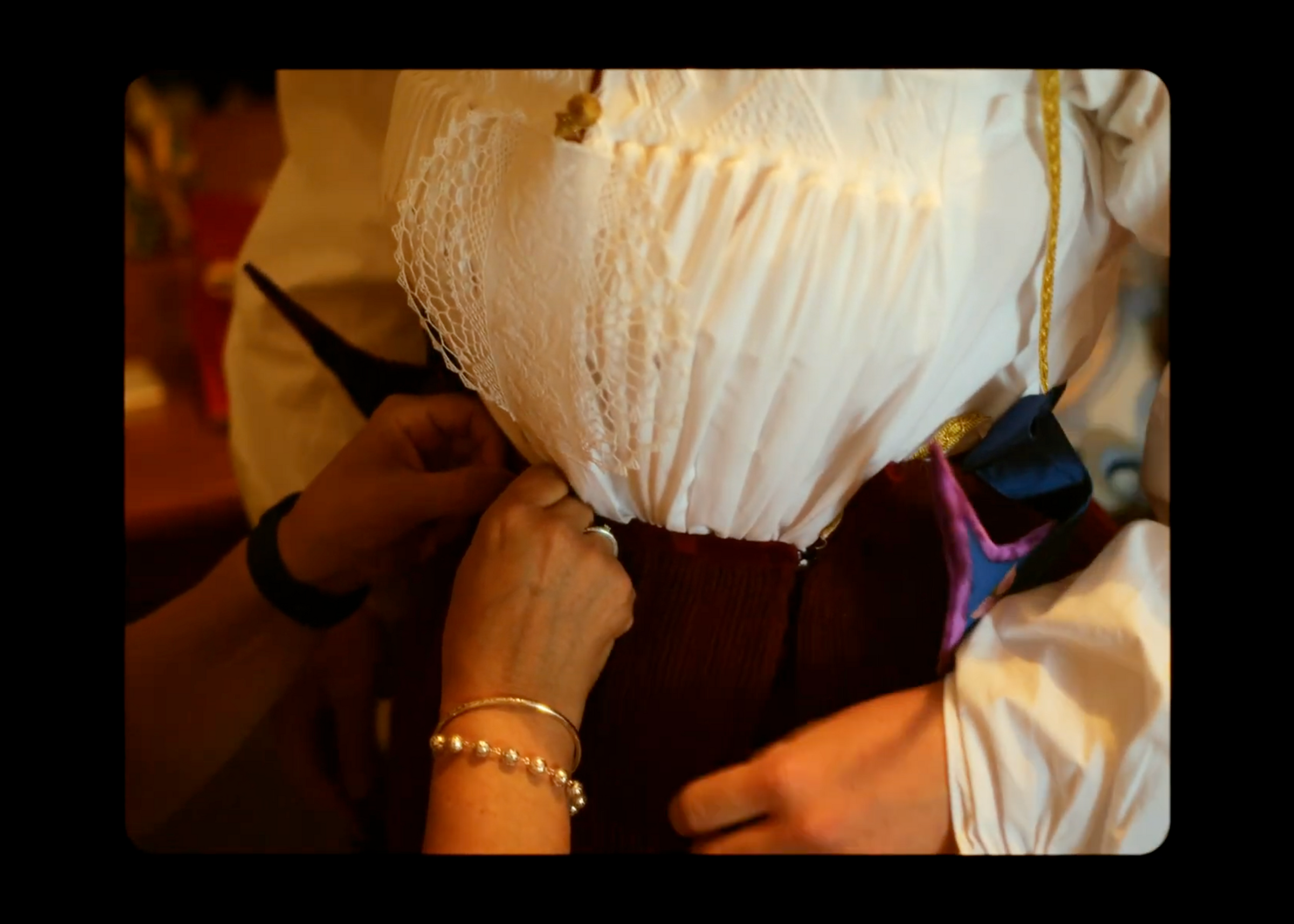
There awaited us the Asinara, an extraordinary island, today a natural park, once a maximum security prison.
After an hour and a half crossing, we landed on an island suspended in time. There are no private cars; you get around by electric bike or jeep tours. We chose bikes, to move independently and enjoy every glimpse. Contact for bike rental on Asinara
Asinara is wild, beautiful, and somewhat forgotten, but precisely for this reason incredibly precious. White donkeys graze freely, horses run wild, the silence broken only by the wind. There are no hotels or resorts, only a small inn with about twenty rooms. Access is limited; the island resists mass tourism and this helps preserve nature. We pedaled, filmed, breathed — this is the true luxury: to observe without disturbing. We set out to film an episode of Nonna Wisdom and found ourselves living a real journey.
An unusual itinerary, born to tell the story of a grandmother, and becoming a wider path: among generous communities, ancient rituals, flocks inland, peaks touching the sky, and islands where time seems to have stopped. And if every journey has its story, this one took the shape of a hug.
